Believe it or not, director Todd Phillips hasn’t entirely eschewed the idea of developing a sequel to DC’s wildly experimental and successful crime thriller, Joker. He made it clear that if he was to make one, there should be some “thematic resonance” to the first film. It should be able to capture the magic and mystique of the original. It seems at the moment that Mr Phillips is game to have a sequel, given the right conditions. We are not without some hesitations with regards to a sequel seeing that Joker seemed like a perfect, standalone portrait of a man descending into madness. That being said, we’re not necessarily against the idea of Joker having a second chapter so to speak. In the past, we’ve seen sequels beautifully complement and even better their predecessors. Then again, some have been their ruin.
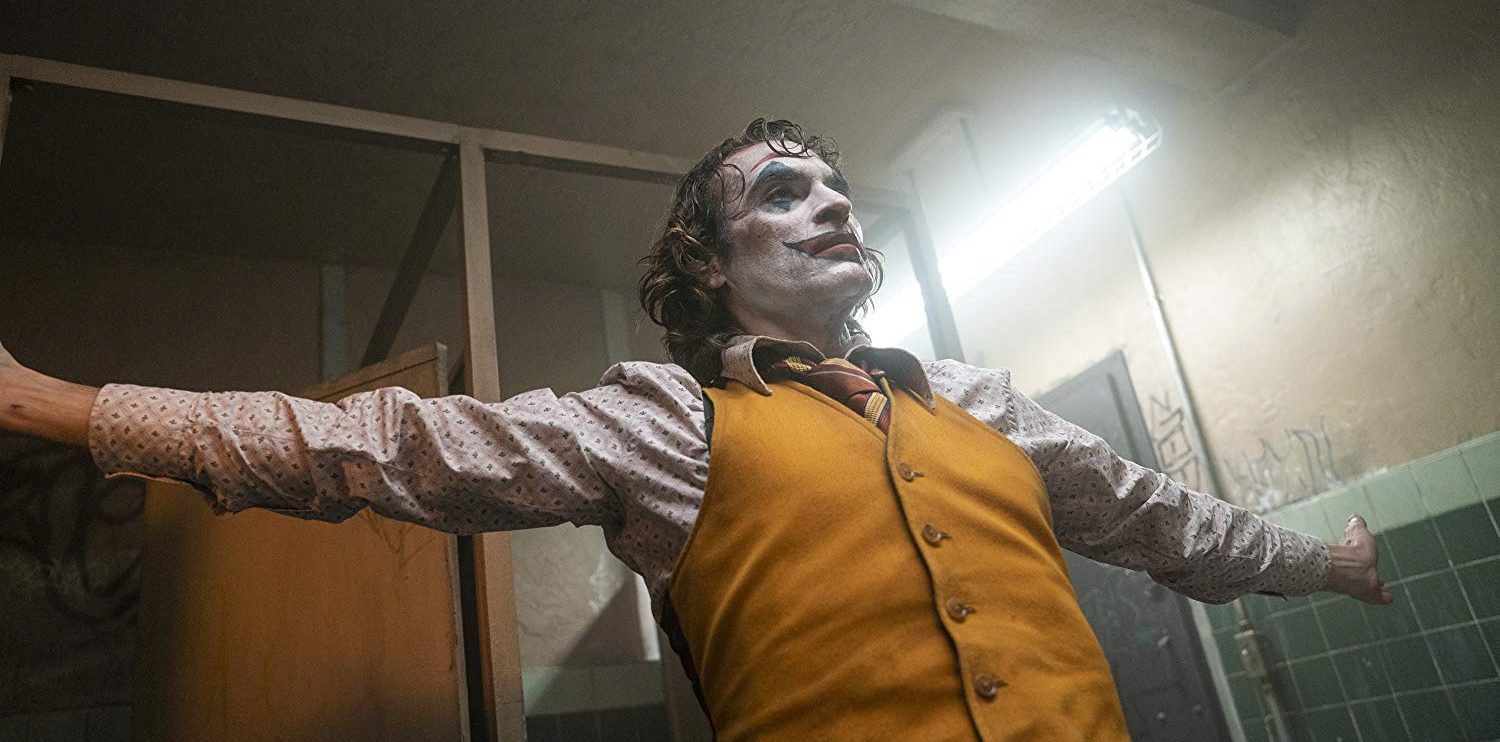
Crafting a sequel worthy of an excellent original is never an easy task with a ton of expectations from fans. So with that in mind, we decided to come up with some suggestions with regards to what we don’t want to see in a Joker sequel.
1. Supervillainy
The Joker has never been subtle when it comes to his antics and actions. Never shying away from making bombastic entrances and spilling out his twisted plan to whoever will listen. That’s supervillain shit and we don’t want to see it in a Joker sequel. Nothing wrong with a little bit of theatrics here and there but we don’t want to see Joaquin Phoenix’s Arthur Fleck experimenting on Laughing Gas. In Joker, there was a certain level of theatrics and performance but it was never there to distract or entertain. Everything from Fleck’s strange dance in the bathroom to his awkward- if, not hypnotic -strut on Murray’s show had a distinct point. All of it was made to be this sad and creepy juxtaposition between Arthur’s deluded sense of grandeur and the nature of reality. They were not meant to be taken as the film’s attempt at black humour ala Jack Nicholson’s Joker.
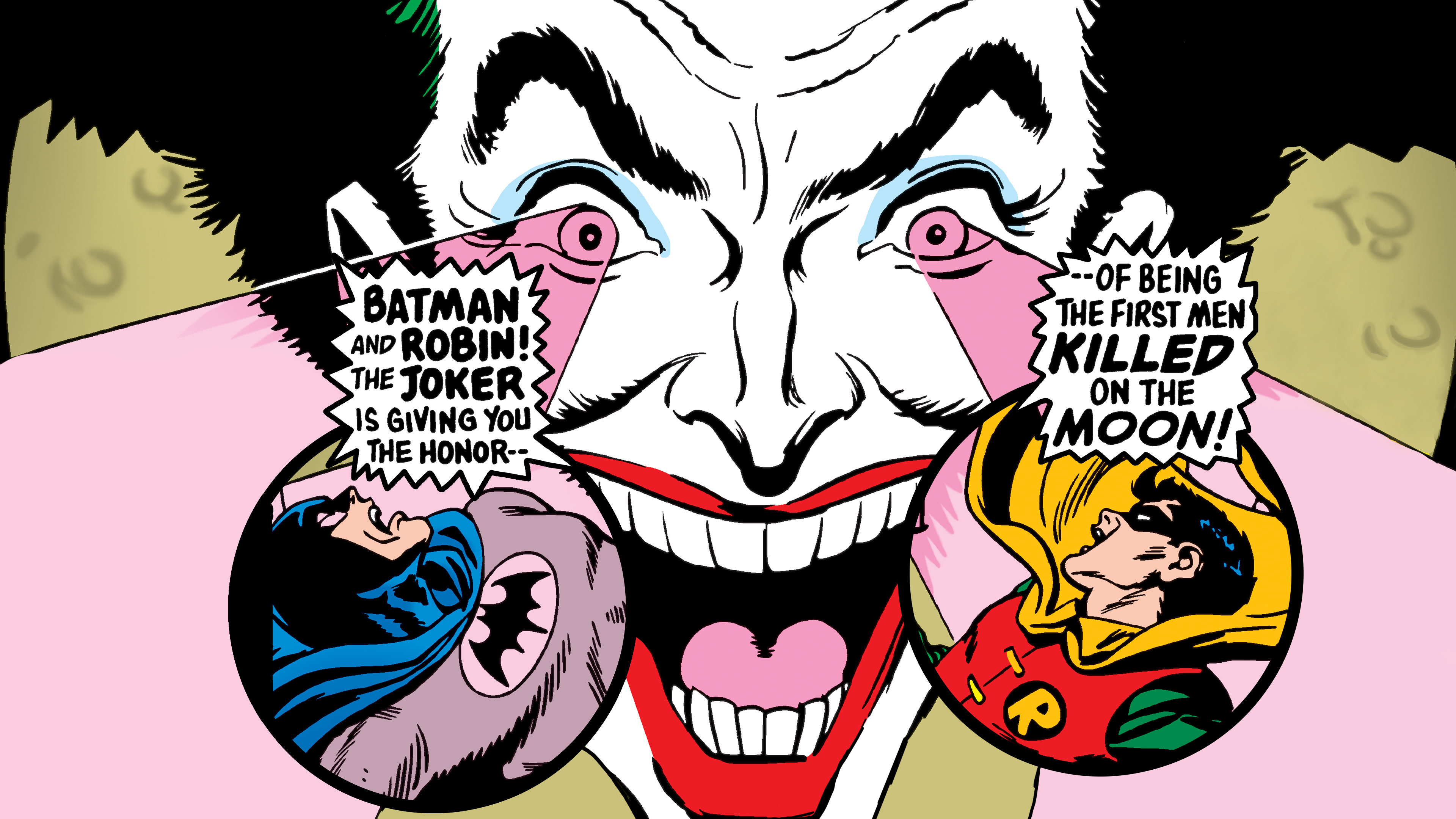
The sequel should maintain this thoughtful juxtaposition of the character with the people around him. The moment the film indulges in the Joker’s grand fantasies or gives him a level of super-intelligence, not unlike Heath Ledger’s Joker, it derides the message of the first film. This shouldn’t be about the “epic rise of the Crime Prince of Crime”. It’s about how a victim of ill circumstances, societal neglect and trauma struggles to escape from his bleak reality into an ideal one before finally snapping at everything around him. This dissonance between his perception and our grounded reality must be kept. The moment he’s given some grand scheme or deadly weapon is the moment his delusions are proven through! Keep it ambiguous.
2. Large, Elaborate Action Set-Pieces
There’s always a temptation for filmmakers to escalate the scale of their sequels. Sometimes, this is done by having larger action set-pieces and in greater frequencies. Sequels like Sicario: Day of the Soldado did that, in turn, it felt totally different from its predecessor. I’d go so far as to say that it felt like a fan-fiction spinoff, albeit a competently made one. If Phillips is planning on creating another chapter to Joker, we sincerely hope he doesn’t fall into this trap. The reason why Joker was so unique was because of how painfully real and visceral the whole film was. The cinematography employed was beholden to this motif. In the past, we discussed how the camerawork framed the violence on-screen to be disturbing and disorientating. As though the audience was in on a terrible incident that has happened. Not so much as entertained spectators but as horrified bystanders.
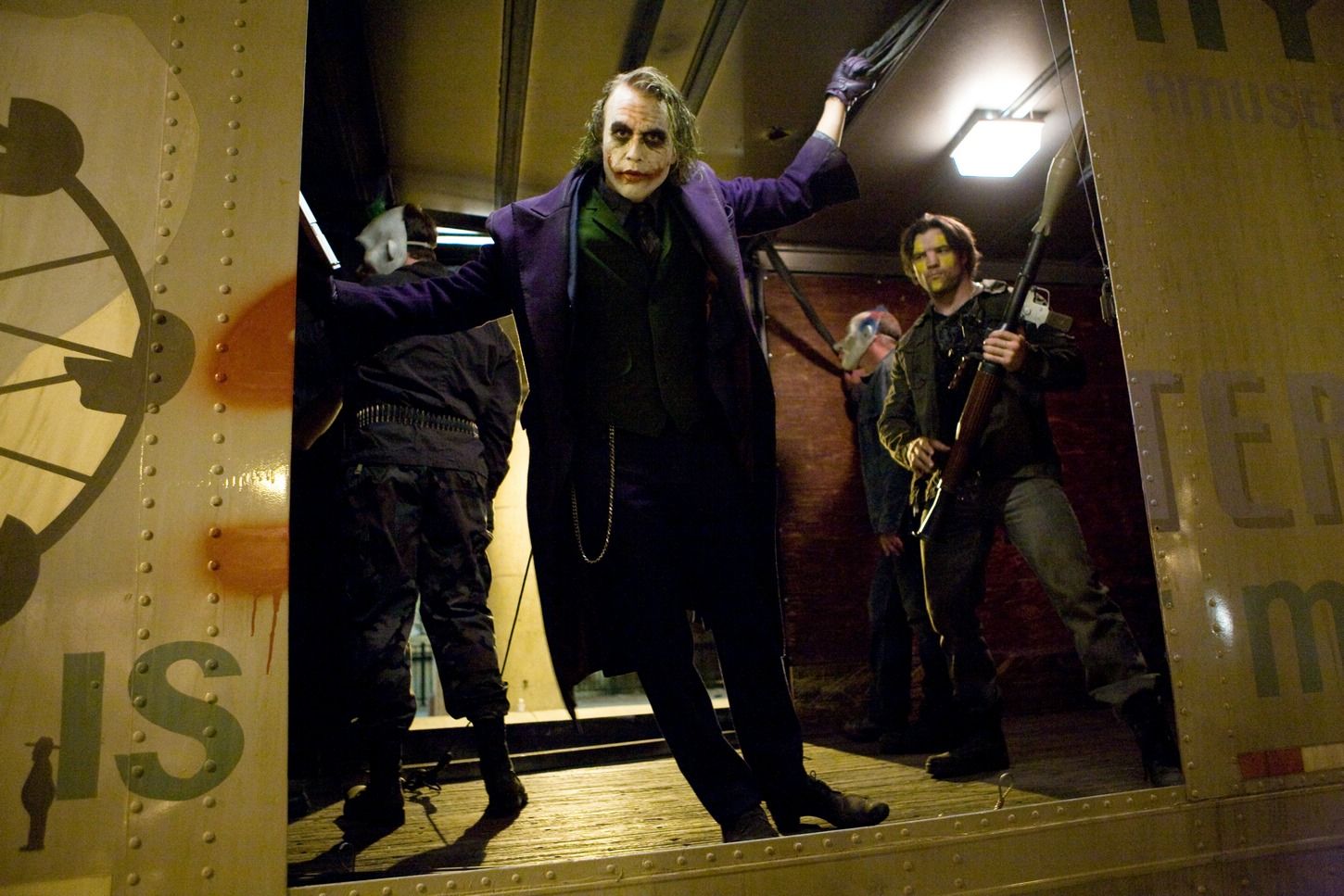
The last thing we want to see in a second Joker film is some Snyderesque stylized action. No fancy car chases that end with an overturned truck. No clean shootouts in a public area with lots of cuts. Give us the gritty, frantic energy of the original film and you’ve got yourself a deal. Joker’s emphasis has always been on the aftermath of the violence. The stunned silence, the pool of blood and the reaction that follows. The horror and brutality of it all frozen in place for a time, like one of Francis Goya’s painting. The purpose of this style was to show that actions have grave consequences and weight. Something as garish as big fight scene would make light of that visual message.
3. Harley Quinn and Minions
In Joker, Arthur Fleck was a painfully shy and awkward man with close to no charisma whatsoever. Occasionally, he can muster up the courage to make a strange, out-of-place joke or two but that’s pretty much it. At the end of the film, we see Fleck confidently strutting down the hall with a spring in his step, signifying that he’s become more assured of himself. Assured enough to seduce a young, naive psychiatrist by the name of Harleen Quinzel? Or perhaps confident enough to lead a horde of hooligans and miscreants? The answers to both those questions should be a resounding no. Part of Arthur’s appeal is his sad everyman perspective. He’s alienated and exploited by his work. His government, society and even his family has given up on him.
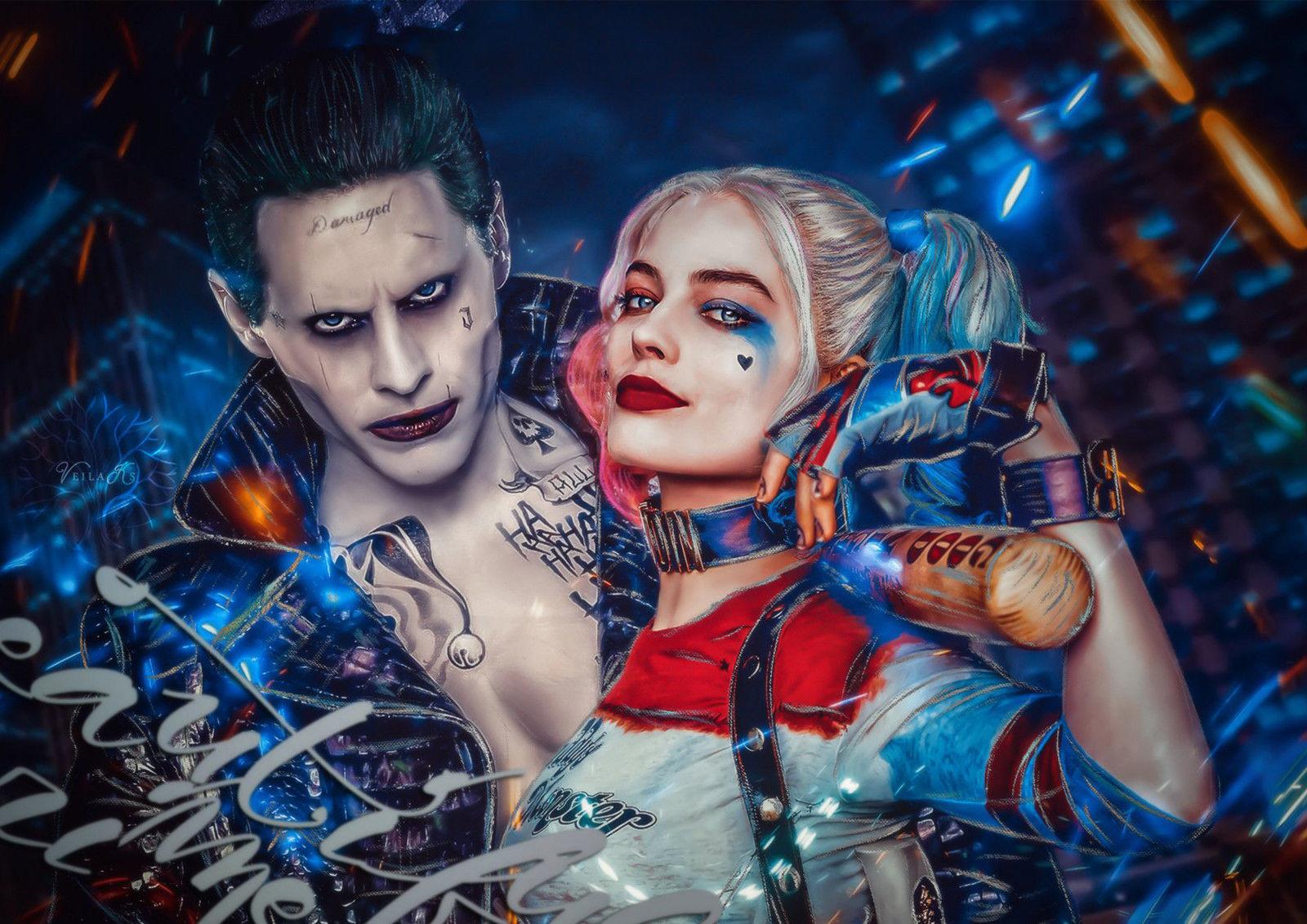
To see him the head of a clown-based crime syndicate would ultimately rob the character of its heart and soul. As for those rioters cheering for him at the end of the film, we sincerely doubt that they would actually follow Fleck’s ideology (if he even has one). Based on our analysis, the Joker is not a political figure but rather a free symbol for others to project their fears and desires. Fleck’s journey is his own and we would prefer a sequel to keep it that way. We’re not saying he can’t talk or interact with like-minded individuals who could be going through the same ordeal as him. But at no point should he be afforded the romance of leading them.
4. DCEU Easter Eggs
In spite of Warner Bros. labelling Joker under its alternate brand of Elseworlds comic book films, DC Black, people have still tried to draw connections between the film and the DC Extended Universe (DCEU). Truth be told, we find these connections to be spurious at best and tin-foil crazy at worst. Regardless of the true situation, we’d prefer Warner Bros. to keep Joker away from all the sci-fi/supernatural craziness of the DCEU. Don’t get us wrong, the idea of a cinematic multiverse is an intriguing one. Even as we speak, Marvel Studios is labouring to bring this to fruition with Doctor Strange in the Multiverse of Madness. It would be interesting to see alternate versions of our favourite characters meeting each other…except for the Jokerverse. That would be a bad idea.
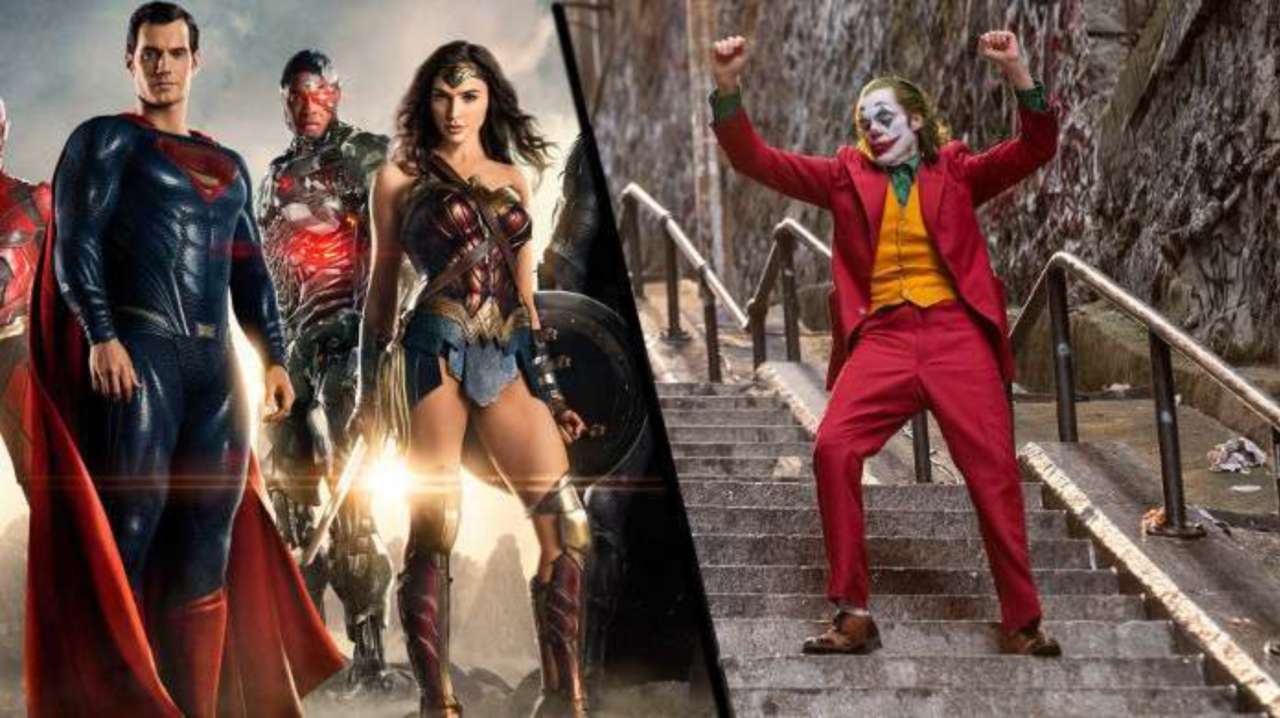
The main reason being the tone that the film has set with its premise and world. Joker is meant to be seen as a psychological thriller think-piece. A standalone, self-contained masterpiece that allows Phillips to paint his own canvas of the character. The moment the more mainstream characters enter into the Jokerverse, so do their PG-13 restrictions and sensibilities. It’s the same reason why we don’t want Deadpool entering the Marvel Cinematic Universe (MCU). Easter eggs are a slippery slope we rather not chance. Perhaps there is an angle in which Arthur Fleck could enter the DCEU without his entrance feeling contrived or cheap. Until then, we firmly believe Joker should stay in his own bubble.
5. Bruce Wayne as Batman
We already have a promising Dark Knight in Robert Pattinson with The Batman coming out in 2021. We don’t want to see an armour-clad caped crusader in a sequel to Joker. Some people might argue that it would only be the natural progression for there to be a Batman in this universe as well. We’d beg to differ. Phillip’s Joker is a notably grounded piece of fiction in the vein of Scorsese’s Taxi Driver. It goes into agonizing depths to properly explore the psyche of Arthur Fleck in a way that is relatable. The Joker didn’t merely emerge out of a vat of chemicals as a laughing homicidal maniac. There’s gradual character development, pathos and a whole slew of external factors that influenced Arthur’s actions. There’s real effort here to connect Arthur’s experiences and thoughts with his actions.
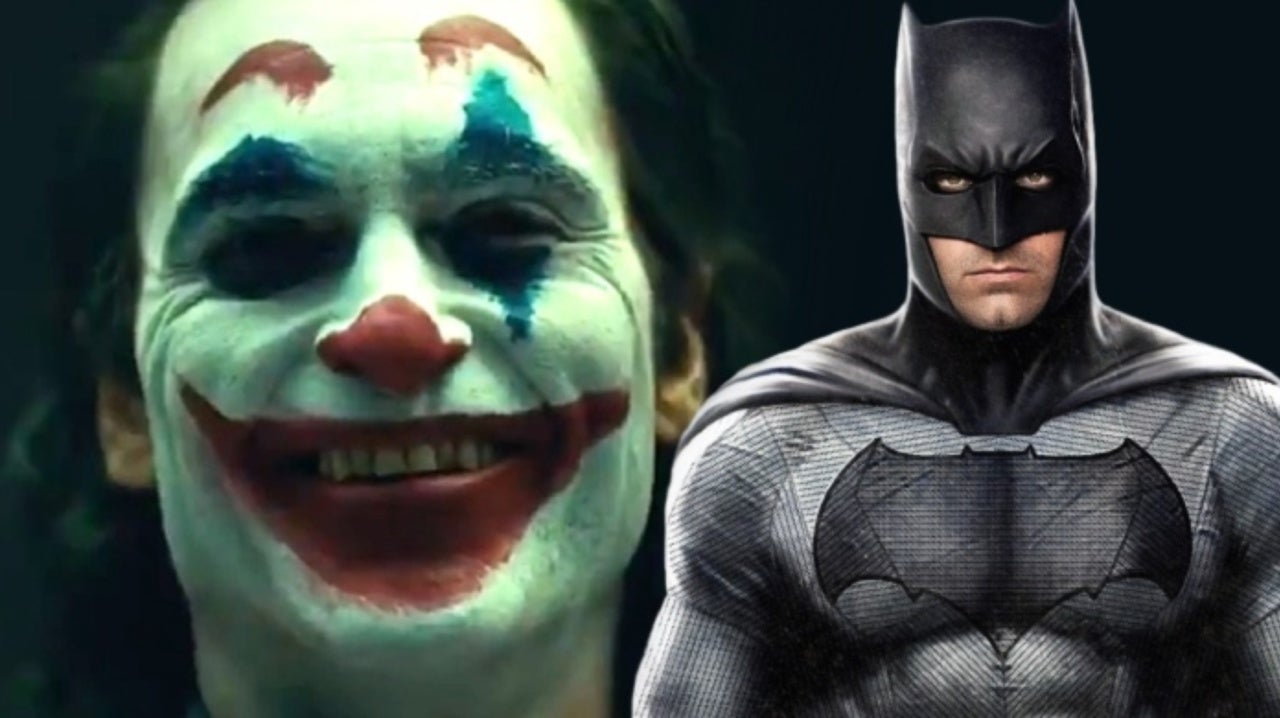
Following the film’s realistic internal logic, it simply doesn’t make sense for a billionaire orphan to become a crime-fighting vigilante. I’m sorry, it doesn’t. More likely than not, the traumatic death of Bruce’s parents would only breed his contempt for low-income classes. Bruce would probably continue the work of his father but this time with a vendetta against the rioters who took away his family. He’d probably do everything in his power to crack down on crime. Not by throwing a Batarang though but through political and economic means. He’d buy up whole neighbourhoods and evict the locals out of them or cut welfare programs to “punish” his citizens. A hateful, wealthy yuppie with a bone to pick with his city. Now that’s a version of Bruce Wayne, we want to see!
Follow us on Instagram, Facebook, Twitter or Telegram for more updates and breaking news.


